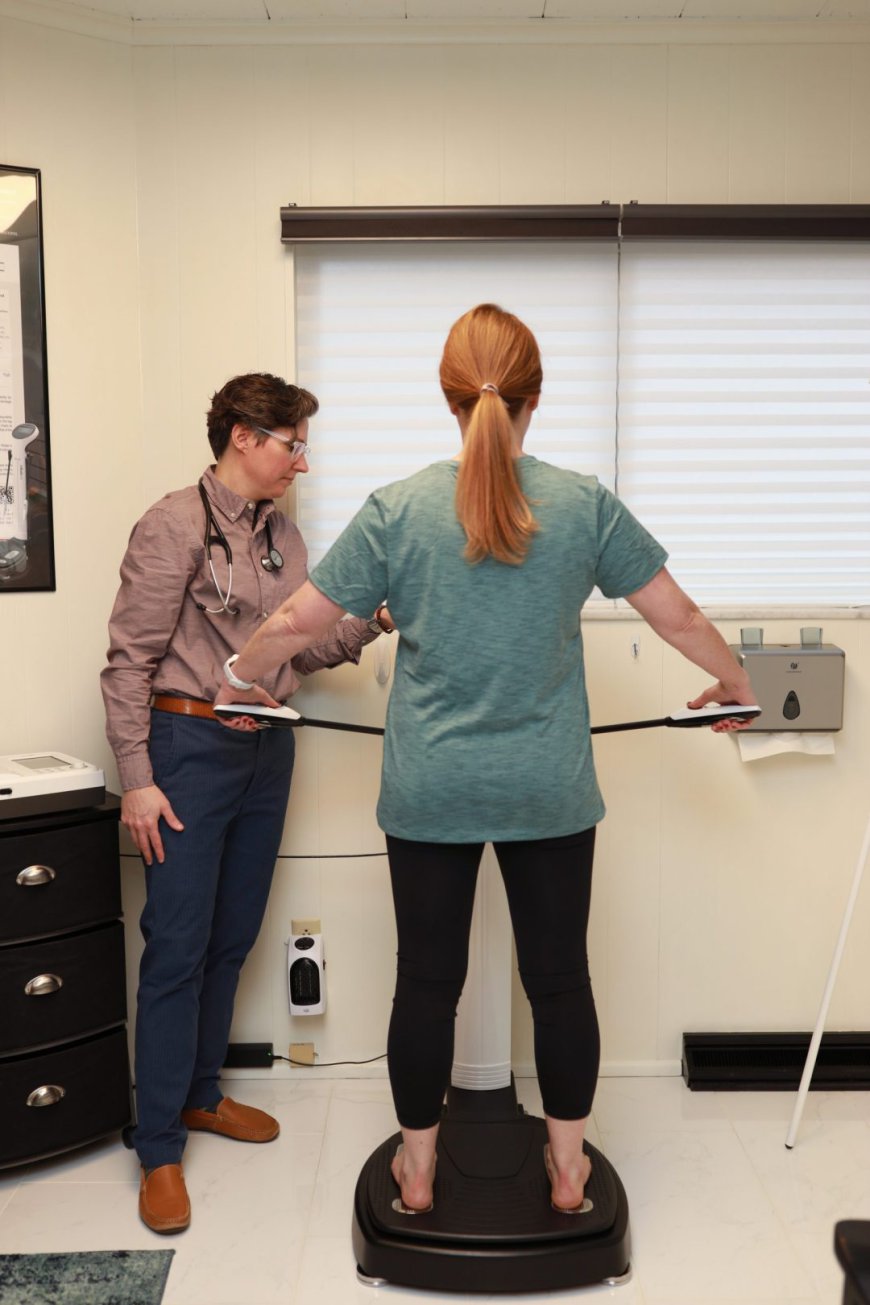The Truth About In-Body Analysis at Home Cost
In Body Analysis at Home in Dubai at home offers individuals a unique opportunity to gain insights into their health. These devices typically use bioelectrical impedance analysis (BIA) to measure various components of body composition. By sending a small electrical current through the body, they can differentiate between fat, muscle, and water. This information is invaluable for those looking to achieve specific health goals, whether that involves weight loss, muscle gain, or overall fitness improvement.

In-body analysis has become increasingly popular for those looking to monitor their health and fitness from the comfort of their own homes. This method utilizes specialized devices to provide a comprehensive breakdown of body composition, including metrics like muscle mass, body fat percentage, and water retention. Many are curious about the implications and benefits of these devices, especially when it comes to accuracy and convenience.
Understanding In-Body Analysis
In Body Analysis at Home in Dubai at home offers individuals a unique opportunity to gain insights into their health. These devices typically use bioelectrical impedance analysis (BIA) to measure various components of body composition. By sending a small electrical current through the body, they can differentiate between fat, muscle, and water. This information is invaluable for those looking to achieve specific health goals, whether that involves weight loss, muscle gain, or overall fitness improvement.
The Benefits of At-Home Analysis
One of the primary advantages of in-body analysis at home is the convenience it offers. Users can perform assessments at any time, making it easier to track changes over time without the need for scheduling appointments or visiting a clinic. This level of accessibility encourages consistent monitoring, which can lead to more effective health management.
Additionally, having instant access to body composition data can motivate individuals to stick to their fitness plans. Seeing tangible progress, such as increased muscle mass or reduced body fat, can be a powerful motivator. Many people find that regular feedback enhances their commitment to a healthier lifestyle.
Accuracy and Limitations
While in-body analysis devices are designed for personal use, it’s essential to understand their limitations. The accuracy of these devices can vary based on several factors, including hydration levels, meal timing, and even the time of day the analysis is performed. For example, hydration can significantly impact readings; being overly hydrated may inflate muscle mass figures, while dehydration can lead to a higher fat percentage.
It's also worth noting that while these devices provide a detailed breakdown of body composition, they may not offer the same precision as professional medical assessments. Therefore, individuals should use the data as a guide rather than an absolute measurement of health.
Choosing the Right Device
When considering in-body analysis at home, it’s crucial to select a device that meets your needs. There are numerous options available, ranging from basic scales that offer body weight and fat percentage to more advanced devices that provide extensive metrics and smartphone integration for tracking trends over time.
Look for devices with positive user reviews and those that have been tested for accuracy. Additionally, consider whether the device offers a user-friendly interface and compatibility with other health apps to streamline your tracking process.
Integrating In-Body Analysis into Your Routine
To maximize the benefits of in-body analysis, it’s important to incorporate it effectively into your health routine. Regularly scheduled assessments—ideally weekly or bi-weekly—can help you stay on track with your fitness goals. Make it a habit to record your results, either in a journal or an app, so you can visualize trends and make informed decisions about your diet and exercise regimens.
Moreover, combine in-body analysis with other health metrics, such as dietary intake and exercise frequency. This holistic approach will provide a more complete picture of your health, enabling you to make adjustments as needed.
Understanding the Data
Interpreting the results of in-body analysis can be challenging, especially for beginners. Most devices will present data in a clear format, often highlighting key metrics such as body fat percentage, muscle mass, and basal metabolic rate (BMR). It’s helpful to familiarize yourself with these terms and what they mean for your health.
For instance, body fat percentage can provide insight into overall fitness levels and the effectiveness of your current regime. A higher muscle mass indicates good strength and metabolism, while a low BMR could suggest a need to adjust your calorie intake.
Seeking Professional Guidance
While in-body analysis can be a useful tool for personal health monitoring, it’s always beneficial to consult with health professionals for a more comprehensive understanding. Nutritionists, personal trainers, or doctors can help interpret your results and offer tailored advice based on your individual goals. They can also provide guidance on how to improve specific areas of your body composition.
Conclusion
In-body analysis at home offers a convenient and motivating way to track your health journey. While it’s not a substitute for professional medical advice, it can serve as a valuable tool in your wellness arsenal. By understanding how to effectively use these devices and interpreting the data, you can make informed decisions that align with your health goals.
Ultimately, the truth about in-body analysis is that it empowers individuals to take charge of their health, providing insights that can drive positive change. As you embark on this journey, remember that consistency and a holistic approach to health will yield the best results.

 laiba5656
laiba5656